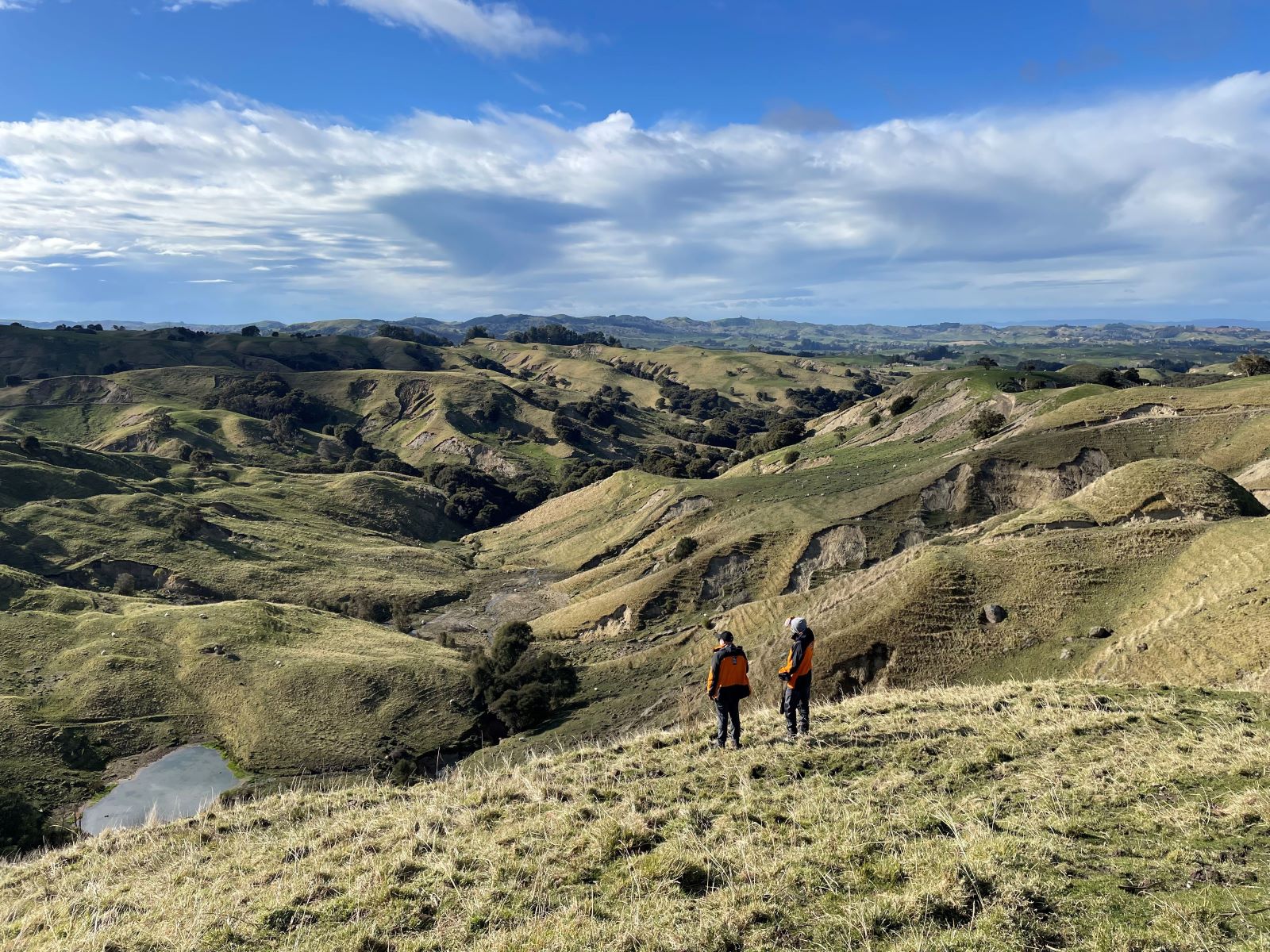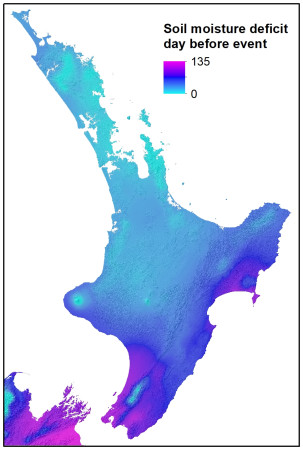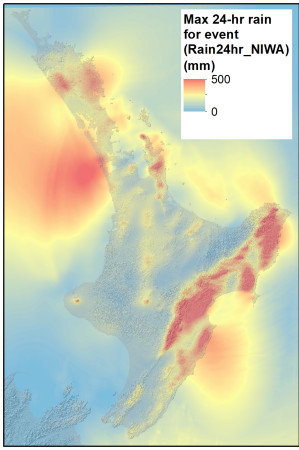It is estimated that more than 800,000 landslides were caused by the extreme weather event, cumulatively covering an area of around 100 square kilometres – about the same size as the city of Napier.
A thorough analysis of the Cyclone Gabrielle landslides led by Earth Sciences New Zealand, reveals that the ground was so saturated by the amount of rainfall, it didn’t matter how wet ground conditions were beforehand – landslides were going to happen.
Study lead author, Earth Sciences New Zealand engineering geologist Chris Massey (formerly GNS Science), explains that a major factor influencing landslide triggering is how much moisture is already in the soil compared to the amount it can absorb before reaching a critical point and failing.
“In the case of Cyclone Gabrielle, the intense rainfall over a short period overwhelmed the natural drainage systems, and many of the affected slopes were inevitably pushed past their tipping point regardless of the pre-existing soil moisture conditions,” Dr Massey says.




